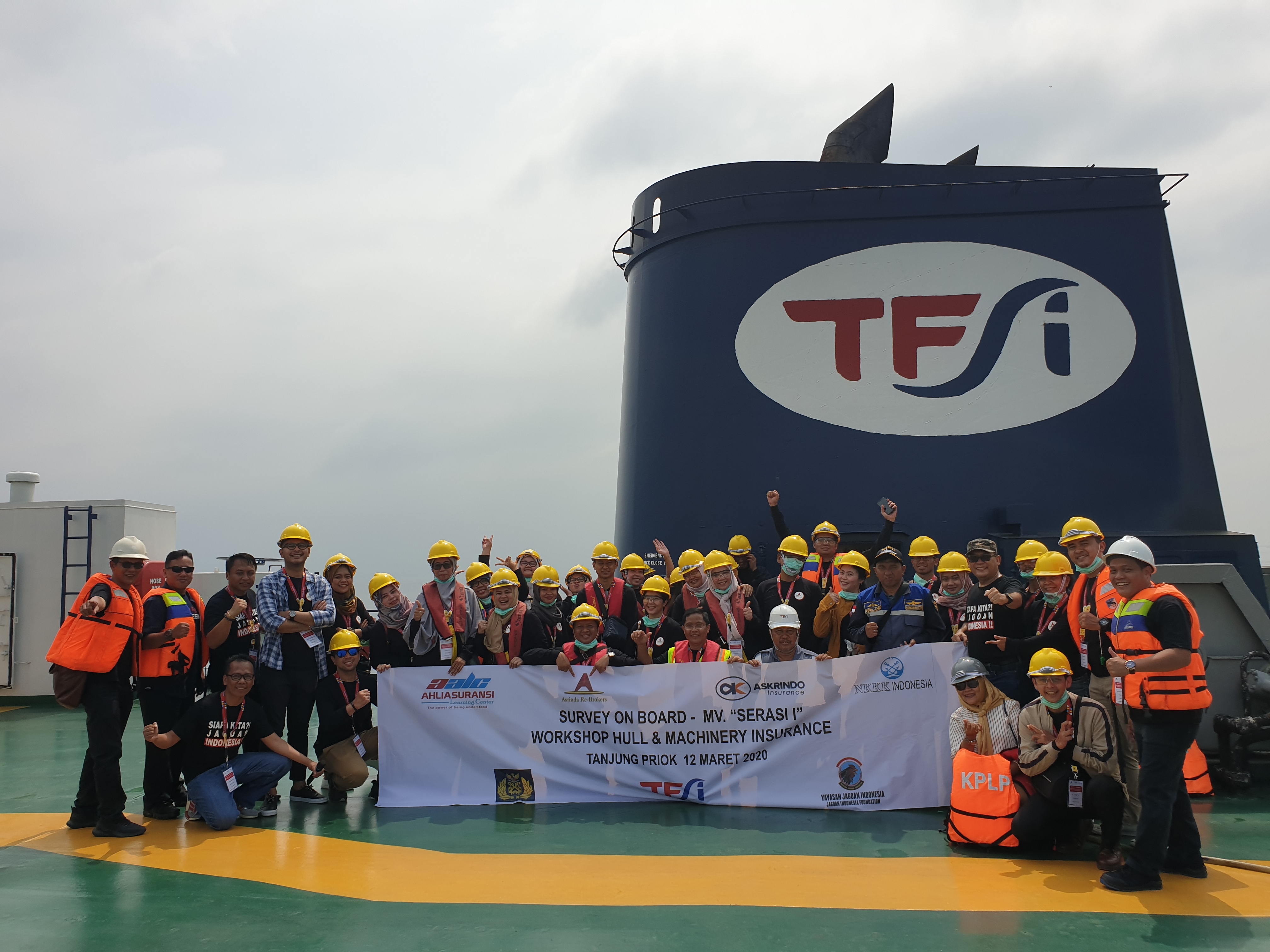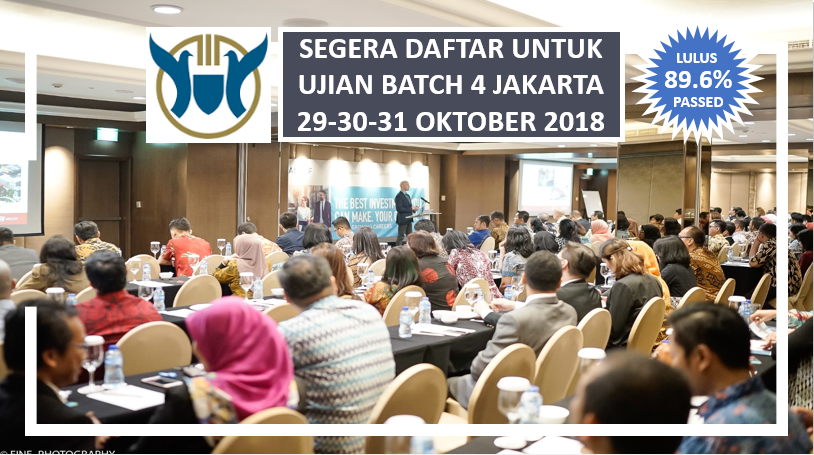Coverage for Claims Between the Named Insured and the Additional Insured (Cross Liability in CGL Policy)
- Friday, April 2, 2010, 23:37
- General Liability, General Liability (CGL), Liability Casualty
- 1 comment
Sometimes the Additional Insured misunderstands the nature of coverage bestowed by an Additional Insured endorsement. Sometimes too the insurer misunderstands the separate nature of the coverage provided to the Additional Insured for certain claims.
An example of the confused Additional Insured is found in Steinberg Inc. v. Foodesign Corp. [1988] O.J. No. 1909 (HCJ). The Plaintiff Steinberg retained the Defendant Foodesign to design and install a meat processing system in the Plaintiff’s plant. The various written agreements between the parties required Foodesign to obtain liability insurance with a minimum coverage of $1 million. The latter did in fact secure a liability package which combined a form of CGL, products liability and professional liability coverage. An endorsement was attached to the policy which provided, “it is hereby understood and agreed that [Steinberg] is added as an Additional Insured as respects the operations and activities of the Insured”.
Foodesign eventually abandoned the project and, along with various other defendants, was sued by Steinberg. The action was not defended and Foodesign was noted in default.
Steinberg also directly sued the insurer in the same action. It argued that its status as an independent Additional Insured entitled it to directly recover from the insurer the losses occasioned by the Named Insured, Foodesign.
The Court ruled that the policy only conferred coverage in respect of third party liability and did not confer upon the Additional Insured any entitlement to directly recover from the insurer losses occasioned by other persons insured under the policy. Rather, in order for such direct recourse to be available, the Additional Insured would have to first obtain judgment against the Defendant co-insured and thereafter proceed against the insurer.
An alternative ground for denying coverage, which the Court also upheld, was voiding the policy for non-disclosure of material facts. The Court held that both Foodesign as Named Insured and Steinberg as Additional Insured were well aware before policy renewal of the fundamental inadequacies and serious shortcomings with the Foodesign system and should have disclosed this circumstance to the insurers upon the renewal. Failure to do so disentitled the Additional Insured to any cause of action against the insurer. In these circumstances, it was not necessary for the Court to address a possibly more interesting question, namely, whether any misrepresentations by the Named Insured at policy inception would void the contract vis-à-vis an innocent Additional Insured in light of any “separation of insureds” clause in the policy.
A “separation of insureds” or “cross liability” clause was the focus of attention in a case involving litigation between the Named Insured and Additional Insured, ING Insurance Co. of Canada v. Sportsco International LP (2004) 12 C.C.L.I. (4th) 86 (Ont. S.C.J.). Sportsco was the owner/operator of the Toronto Skydome. The retractable roof malfunctioned resulting in the postponement of a regularly scheduled major league baseball game between the Toronto Bluejays and the Kansas City Royals. The Jays sued Sportsco alleging a significant loss of revenue arising from the inability to use the facility. Sportsco referred the resulting lawsuit to its CGL insurer, but coverage was denied.
The Bluejays had been added to the policy by way of an Additional Insured endorsement which used the following common language:
“It is understood and agreed that [the Bluejays] are hereby included as Additional Insureds but only with respect to the operations of the Named Insured as stated in the declarations of this policy”.
In denying coverage the insurer invoked the “owned property” exclusion which excluded coverage for “property damage . . . to property owned or occupied by or rented to or loaned to any Insured . . .”.
The Court noted the cross liability clause in the policy which provided,
“15. Cross Liability:
The insurance afforded by this policy shall apply in respect to any claim or action brought against any one Insured by any other Insured. The coverage shall apply in the same manner and extent as though a separate policy had been issued to each Insured. Any breach of a condition of this policy by any Insured shall not affect the protection given by this policy to any other Insured. The inclusion herein of more than one Insured shall not operate to increase the limit of liability under this Policy.”
The Court ruled that the cross liability clause was “clearly designed to modify the [owned property] exclusion”. This was not a first party claim masquerading as a third party liability claim. Rather, the losses sustained by the Bluejays were entirely different than those suffered by the stadium owners and hence the exclusion had no application.
Copied from Nigel P. Kent, The CGL Policy and the Additional Insured Endorsement in Canada by Nigel P. Kent Clark Wilson LLP, tel. 604.643.3135, npk@cwilson.com, © 2006 Clark Wilson LLP www.cwilson.com
About the Author
One Comment on “Coverage for Claims Between the Named Insured and the Additional Insured (Cross Liability in CGL Policy)”
Trackbacks
Write a Comment
Gravatars are small images that can show your personality. You can get your gravatar for free today!




